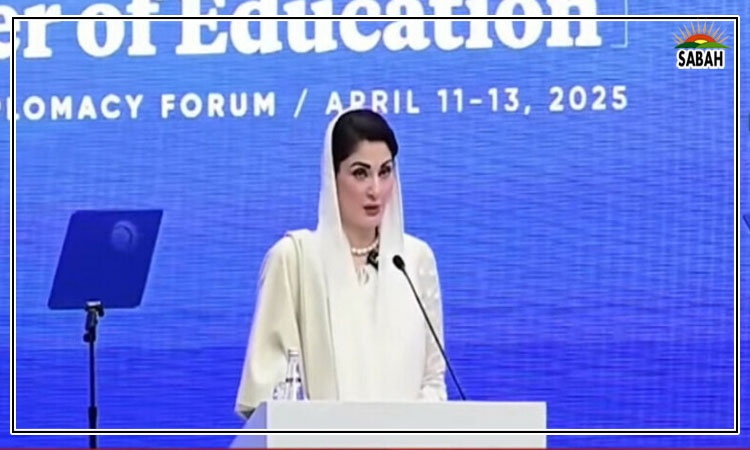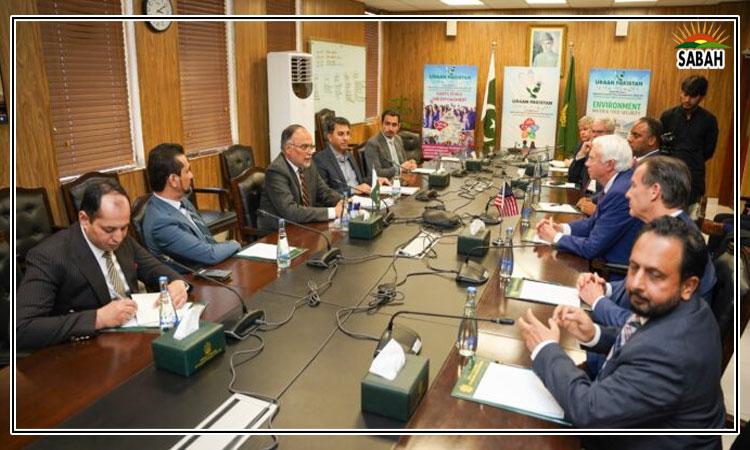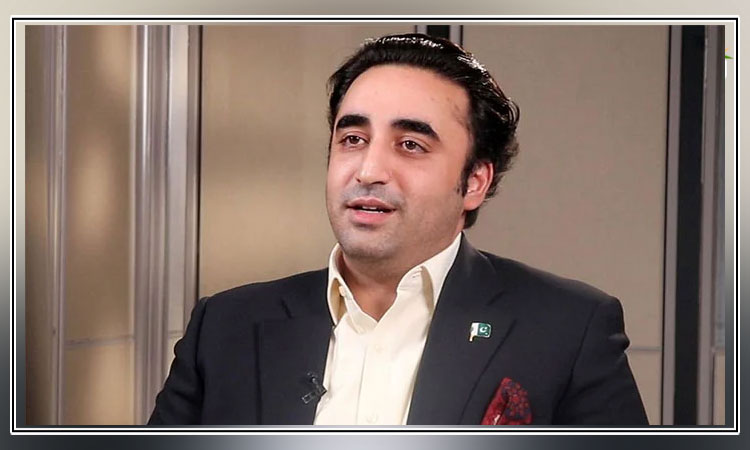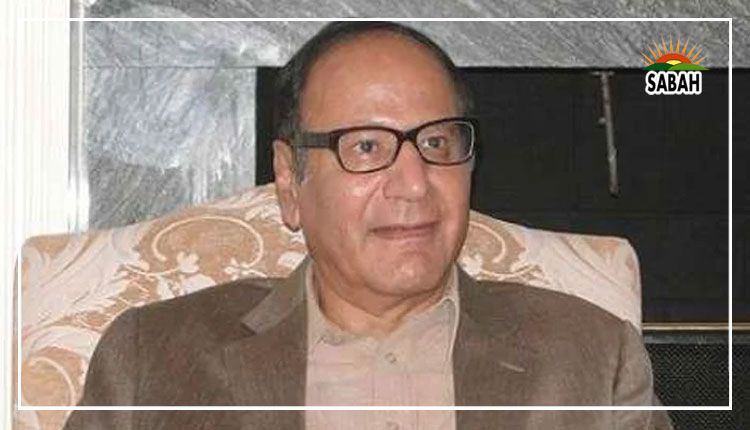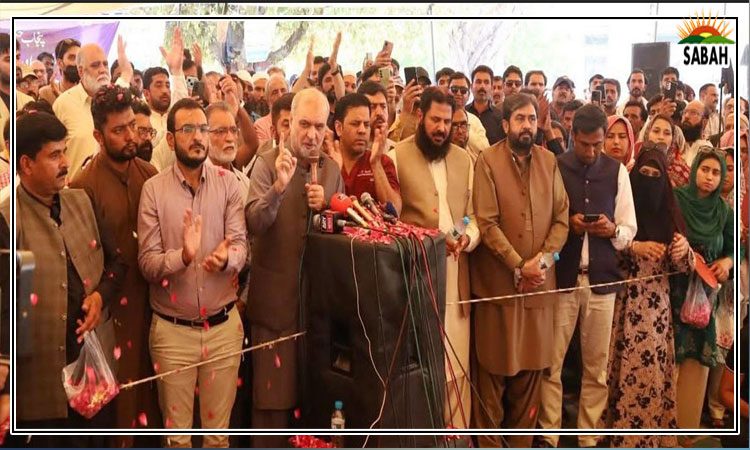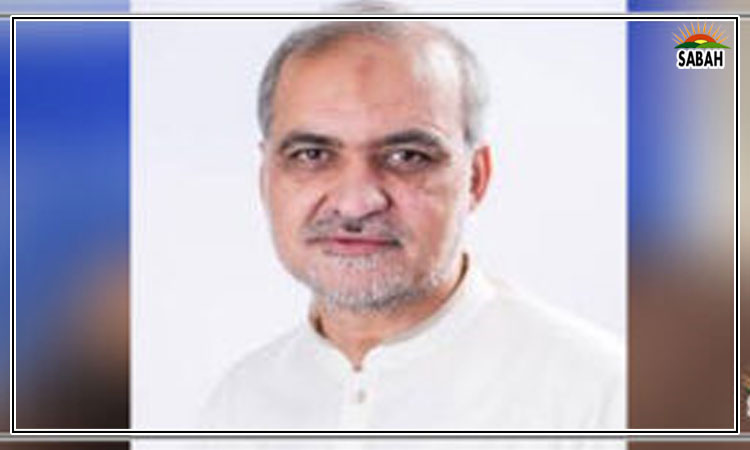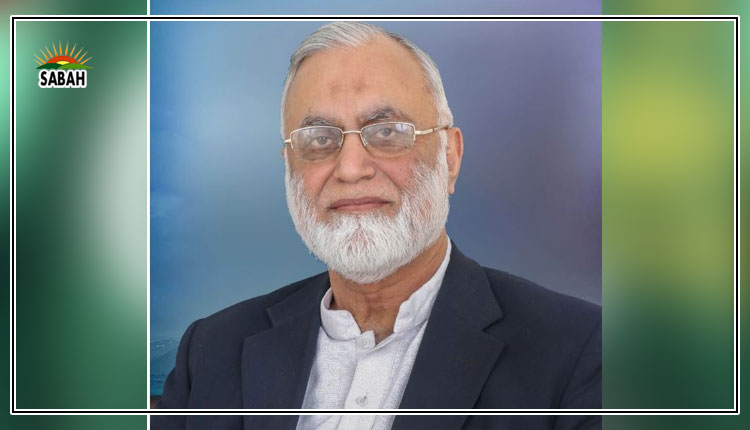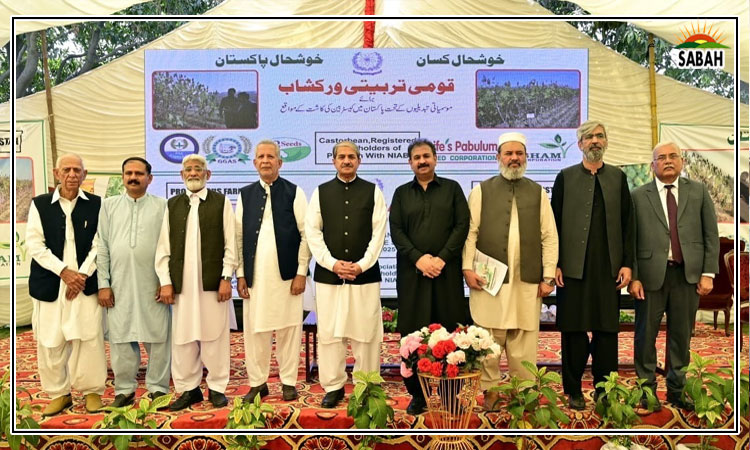Education: rural futures….Hina Saleem
“HOW can we eliminate the differences that exist between us?” Master Aftab (not his real name) asked us as we thanked him and stood up to leave. He had guided us to where he lived and introduced residents of his settlement. This was part of our research on the lived experiences of children not enrolled in schools in the rural parts of lower, central and upper Sindh and its desert regions.
The residents of Master Aftab’s settlement had lost ownership of their land in the destruction caused by the 2010 floods. When we met them in early August 2022, they were still trying to grapple with the consequences and make sense of their lives and livelihoods.
Entire families, including children, were working on land they no longer owned, with just a small portion of what they harvested from their labour as their reward. They desperately sought access to health services and potable water. For the few children from his settlement who were still going to school, it was a two-hour hike to get to a no-fee school.
We fumbled even as we tried distilling the differences Master Aftab saw between us. Both he and the other residents, particularly women, shared beliefs that their manners or occupations were not good enough or useful because of the lack of (formal) education in their lives.
They viewed themselves as not doing enough, taking on the unfair burden of unyielding, structural hurdles that were preventing their children from accessing even basic education. They also described themselves as unenlightened, forcing us to reckon with dominant narratives that venerate formal education as a source of enlightenment and diminish other ways of knowing.
Yet, whenever the issue of out-of-school children is discussed in Pakistan, the discourse is predominantly focused on the need to put in place strategies to convince parents about the value of education.
Instead, the more important questions are: what are public education systems doing to support children in overcoming conditions of exclusion arising from their economic and social context? Are current educational experiences able to address or reduce social inequalities? Lastly, how can we blur boundaries between formal education and local knowledge and practices to create space for other ways of knowing?
Only two out of five children in rural Sindh can read a story in Sindhi or Urdu by the time they reach Grade 5.
The fact that more children are out of school in rural Sindh than enrolled in schools requires reflection. According to Pakistan Social and Living Standards Measurement Survey, 2019-20, seven out of 10 girls and five out of 10 boys between the ages five to16 years are not reached or retained by the education system.
The existing data isn’t sufficient to fully understand the different aspects of exclusion experienced by rural children to participate in formal schooling. This includes the impact of belonging to linguistic minority communities, residing in rural and remote settings, and affiliation with lower castes and/or minority faiths and the intersection with gender and poverty.
But even when children are enrolled in school, their needs are not met. According to the Annual Profile for Government Schools, 2019, some 90 per cent of public school buildings in Sindh provide education up to the primary level only; very few offer the opportunity to transition to higher education levels. Alternative pathways, compensating populations for limited access beyond primary grades, are absent.
Moreover, primary schools often do not meet learning needs. According to the Annual Profile for Government Schools,2019, almost 89pc of public primary schools in Sindh had two rooms or fewer. These schools need to employ multi-grade teaching to cater to the learning needs of children across five grades in two rooms or less.
Despite that, teachers have not been provided adequate training or resources for multi-grade teaching. In the settlements we visited, these schools, not having managed to keep up with population growth, were often overcrowded. Parents we spoke to did not expect their children to learn in such schools, and student learning data further attests to their discomfort. Only two out of five children in rural Sindh can read a story in Sindhi (or Urdu) by the time they reach Grade 5, according to ASER, 2019.
For girls and young women, the situation is worse. We found that gender was factored into parents’ decision about enrolment in primary grades. If the local public primary schools were overcrowded or if the school was fee-based and parents had limited financial means, parents often chose to enrol sons over daughters.
They cited there was greater likelihood of sons being able to continue schooling beyond the primary level. Middle schools are more likely to be situated outside the settlement, and once girls reach puberty, parents deemed it unsafe and against social norms for them to attend such schools.
Tackling exclusion of girls and young women from schooling will remain challenging, when patriarchal social norms cannot be disentangled from the reality of lack of infrastructure and transportation, allowing for mobility, and classroom practices and learning materials that reinforce gender stereotypes.
Policy responses to address the issues related to education, therefore, need to be holistic and require a coherent, systems-thinking approach. Narrowly focused policies, such as building more formal schools or non-formal centres, without providing welfare-based support (eg, in-school feeding or health services etc), or not training and motivating teachers better and holding them accountable, will continue to exclude children.
Policies should also be able to manoeuvre realities experienced by rural settlements that are different compared to that of urban areas. Some aspects include smaller settlement sizes, limited access to infrastructure and greater exposure to the climate crisis.
To design and implement holistic policy responses, we must meaningfully engage with rural populations and ensure that their needs, aspirations and ways of knowing are weaved into the design and delivery of education experiences. This is important to not just pave the way for diverse realities but also to imagine alternative futures, so that all children and young people have the opportunity to achieve their potential.
The writer is the 2022 Echidna Global Scholar at the Brookings Institution. The findings and recommendations from the research are published here. The research was supported by Rubaya Nizamani, graduate student at IBA.
Courtesy Dawn, February 11th, 2023



